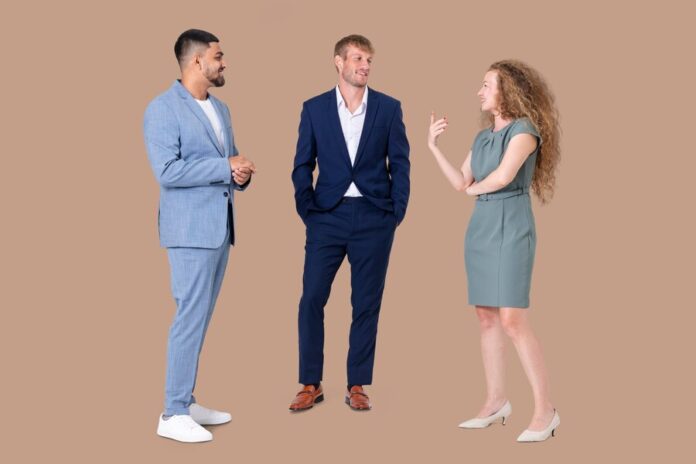Introduction
Business casual attire has become increasingly prevalent in modern workplaces, offering a blend of professionalism and comfort.
This article delves into the concept of business casual, its evolution, characteristics, guidelines for dressing, dos and don’ts, as well as its benefits in fostering a conducive work environment.
Evolution of Business Casual
The notion of business casual has evolved significantly over the years. Initially, workplaces adhered strictly to formal dress codes, with suits and ties being the norm. However, as societal norms shifted and workplaces became more relaxed, the concept of business casual emerged. This shift reflected changing attitudes towards work attire and a desire for greater comfort without sacrificing professionalism.
Characteristics of Business Casual Attire
Business casual attire encompasses a wide range of clothing options that strike a balance between formal and informal. For men, this may include tailored trousers, collared shirts, and blazers, while women may opt for skirts, blouses, and cardigans.
Footwear and accessories should be understated yet polished, contributing to a cohesive and professional look.
Guidelines for Dressing Business Casual
While the definition of business casual may vary depending on the workplace culture, there are some general rules to follow. Clothing should be neat, clean, and well-fitted, avoiding overly casual or revealing pieces. Employees should also consider the nature of their work environment and dress accordingly, ensuring that their attire is appropriate for client meetings or presentations.
Dos and Don’ts of Business Casual Dressing

When dressing in casual attire, it’s essential to strike the right balance. Common mistakes to avoid include wearing overly casual clothing such as jeans or sneakers, as well as clothing that is too formal for the occasion.
Instead, opt for versatile pieces that can be dressed up or down, and pay attention to grooming and hygiene to maintain a polished appearance.
Benefits of Business Casual Dress Code

Implementing a casual dress code offers numerous benefits for both employers and employees. By allowing for greater flexibility in attire, businesses can create a more relaxed and inclusive work environment.
Employees are likely to feel more comfortable and confident in their clothing, leading to increased productivity and morale. Additionally, business casual attire can help attract and retain top talent, as it aligns with contemporary lifestyle preferences.
Conclusion
In summary, casual attire strikes a balance between professionalism and comfort, reflecting the evolving nature of modern workplaces.
By understanding the characteristics of casual dressing and adhering to appropriate guidelines, employees can project a polished and professional image while enjoying the benefits of a more relaxed dress code.




